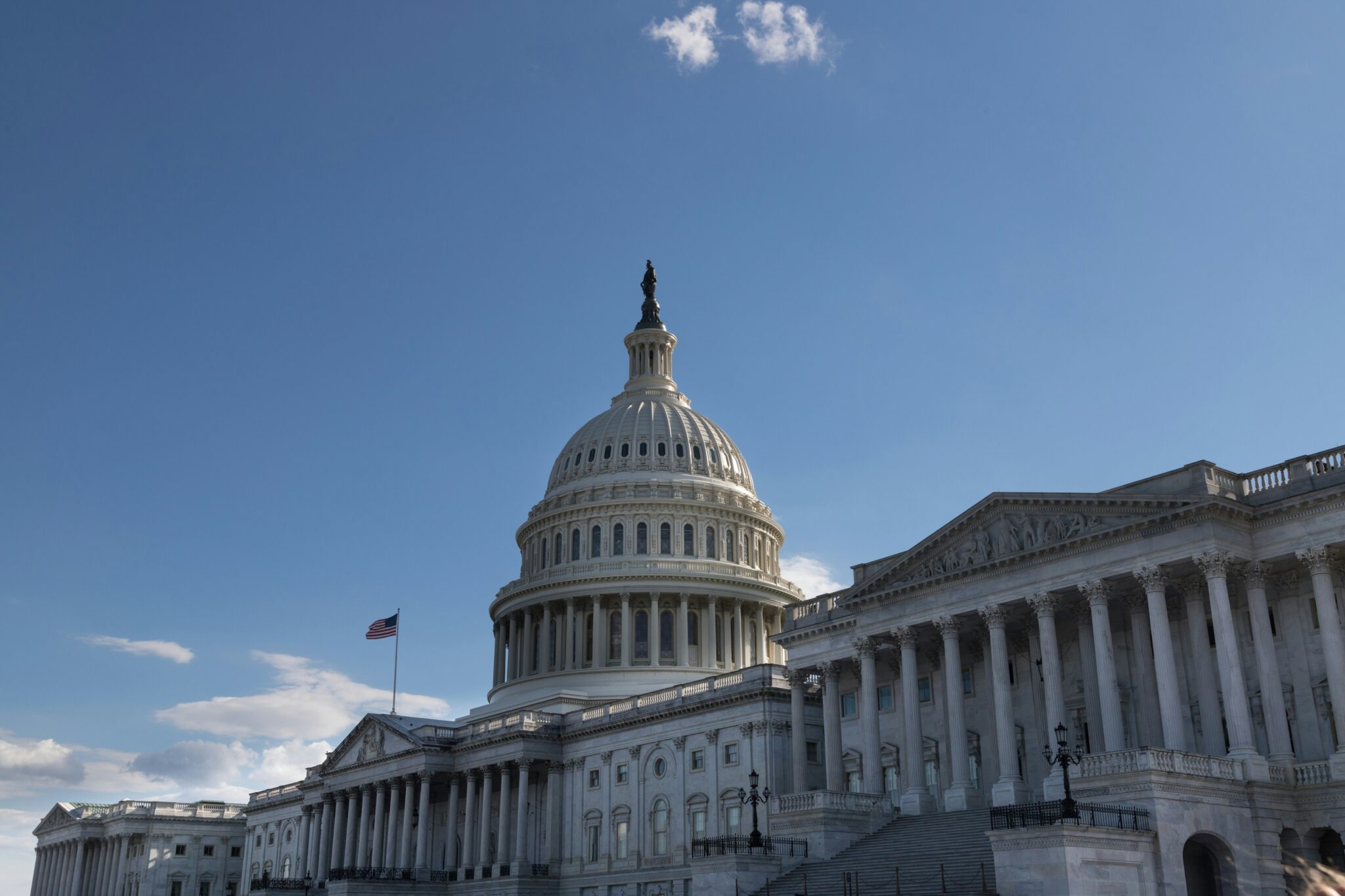The National Defense Authorization Act (NDAA) for Fiscal Year 2023 (FY23) is entering the final lap in the seemingly endless horse race for Congressional legislative action. ‘Round and ‘round the track they go! What bills will be passed before the end of this Congress, and what bills will limp back to the barn to prepare to race again next year?
The NDAA is one of the rare bills that has crossed the finish line every year for more than six decades. This legislation sets policy for the Pentagon but, importantly, it cannot cause a single dollar to be spent. Only appropriations bills can do that. However, policy affects how money is spent, and good fiscal policies can bring their own rewards to taxpayers. Unfortunately, fiscally conservative measures in the draft bill mostly dropped out of the race in the last lap, while their more profligate brethren made it under the wire.
For instance, provision after provision in the final bill prevents the Secretaries of the Air Force and Navy from retiring legacy weapon systems. B-1s, F-22s, F-15s, tanker aircraft, C-130s, C-40s, E-3s, HH-60Ws, and Littoral Combat Ships are all sheltered from any service actions to retire, realign personnel, reduce inventory, etc. We’ve said it many times: it’s rare for a military service to say they don’t need something. The natural tendency is to hang on to every bit of force structure. But older systems can be expensive to maintain. And the worst of all worlds is to make a military service hang on to the old stuff while at the same time they are modernizing major systems and training people on the new ones. This is expensive, short-sighted, and purely parochial. But this NDAA forces the Air Force and Navy to do just that.
Another issue we’ve been watch-dogging for years is the wholly indefensible Unfunded Priorities Lists (UPLs) that various subsets of the Pentagon are required by law to present to Congress each year. Again, our position is clear: if a program couldn’t be squeezed into a Pentagon budget request of $773 billion, how much of a “priority” could it possibly be? A little bit of fiscal sanity emerged in the NDAA on this, but it is more than offset by another provision that enables the UPL process.
- First, in the House version of the bill, the Department of Defense office overseeing location and repatriation of the remains of Prisoners of War and those still listed as Missing in Action would have been statutorily required to produce a list of unfunded priorities. The idea that every Defense agency is somehow being shortchanged in the normal process of producing the President’s Budget Request and needs this additional bite at the apple is simply wrong. Increasing the number of agencies required to produce this list will put undue upward pressure on the Pentagon topline. Nipping this creeping UPL requirement in the bud is good for taxpayers.
- Unfortunately, another provision that sounds like it is reining in UPLs, may actually be used to justify items that are placed on the lists but never make it into the Pentagon budget request. This provision “require(s) a detailed assessment of the risk reduced in executing the National Defense Strategy (NDS) and National Military Strategy (NMS) if resources are provided for an unfunded priority.” This provision may be used by the military service or agency to justify an item on its UPL to Congress. But we believe if something is really reducing a significant National Defense Strategy risk, presumably, it will be in the budget request. A further requirement that the Secretary of Defense, in consultation with the Chairman of the Joint Chiefs of Staff, give Congress an additional report that “prioritize(s) all unfunded priorities submitted by the military services and combatant commands” according to their actual likelihood to reduce risks, may temper the rush to justify all these additions to the Pentagon budget.
A genuine win for budget-watchdoggery is a provision requiring greater oversight of the billions and billions of dollars being spent to help Ukraine repel Russian aggression. We’ve been calling for just such oversight for months. In particular, the provision asks for more information and oversight from the various federal Inspectors General. Good thing the Senate finally confirmed the permanent IG for the Pentagon after more than six years without one!
A provision to require cut flowers displayed at the White House, the State Department, or the Pentagon to be grown in the United States or its territories was, thankfully, unsuccessful. We have it on good authority that it was laid to rest under a floral bier procured from the lowest responsive bidder…without regard to the nation of origin. This mania for “Buy American” of every possible thing the U.S. Government purchases is a) wasteful and b) ultimately protectionist at the expense of common sense. Our position is simple on Buy America provisions: Super Computers? Yes. Peacoats, running shoes and floral arrangements? No.
Also, in our “no” column for several years has been the rush to add F-35s to the number requested for the Air Force, Navy, and Marine Corps each year. The final NDAA declines to authorize any spending on Navy F-35 aircraft above the amount requested by the President. Of course, and we have to say this every time, the authorizers aren’t the final arbiters of this debate. We’ll be back to tell you about the fortunes of the F-35 when the Defense Appropriations Bill is finalized.
Will an Omnibus Appropriations bill funding the federal government for the next fiscal year be the next racehorse to cross the finish line? Or will that old nag, a full-year Continuing Resolution be hauled out of the barn?
Check back with us on that. And listen to our latest edition of Budget Watchdog: All Federal to hear us handicap the odds.










